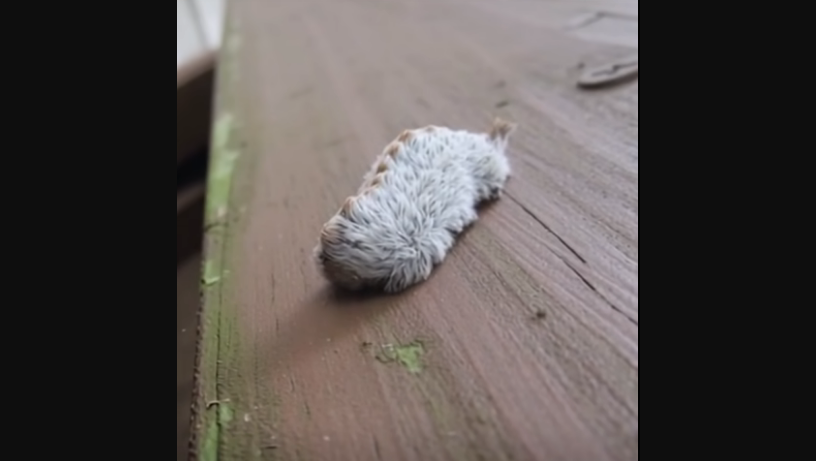On a sunny afternoon in Gwinnett County Park, Leslie Howe figured she and her three children were pausing for a moment on a serene bench. That routine stop soon became remarkable as the family noticed a small, fluffy animal lounging close by. Its smooth fur shimmered under the sun, resembling a kid’s stuffed plaything more than an actual bug. The children bent forward with sparkling eyes, ready to reach out, yet Leslie paused. The odd look of the animal sparked her wariness—a choice that proved far more valuable than she could have imagined.
The discovery the family made was a Puss Caterpillar, among the trickiest bugs in the area. Its inviting fluff conceals sharp bristles capable of causing skin discomfort. Specialists point out that those concealed barbs may lead to redness and unease, so handling the caterpillar requires avoidance. Leslie’s prompt awareness protected her children from discomfort, reinforcing how nature’s appealing exteriors sometimes mask potential hazards.
The Virginia Department of Forestry reports that Puss Caterpillars appear across various southern states, such as Virginia, Florida, and North Carolina, frequently merging with limbs on trees or seats in parks. Folks who come across them often view them as gentle bugs or bits of light down. Regrettably, even a light graze of their coat can deliver a persistent prick. These animals offer a striking example of how the outdoors holds unexpected elements—some enchanting, and others suited for observation from afar.
For moms and dads along with park explorers, the takeaway rings true: wonder deserves a companion of care. Outdoor explorations aim to ignite curiosity, so guiding kids to steer clear of unknown bugs, regardless of their plush or gentle vibe, holds value. Owing to Leslie’s sharp instincts, her family’s meeting evolved into a highlight of intrigue over ache—a memorable tale from the afternoon they uncovered an enigmatic woolly find tucked right in view.






